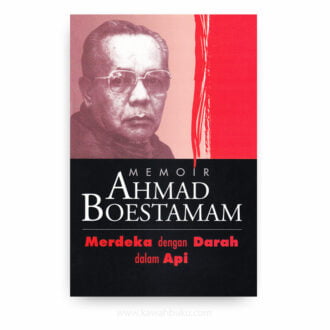A Biography of Tun Abdul Razak: Statesman and Patriot provides insights into his historical struggles in building up Malaysia to become a progressive, peaceful and just nation for all its citizens. In the context of the modern history of Malaysia, Tun Abdul Razak bin Dato’ Hussein can be seen as the main ‘architect’ involved in the process of developing that nation-cum-nationality of Malaysia. His role was to decide and mould the direction leading towards political growth and economic development in the country, especially after the 13 May 1969 episode. It was after that episode that he emerged becoming the topmost national leader and it was with that prominent status that Tun Abdul Razak could present numerous ideas and plans aimed at establishing ‘A New Malaysia’ (Malaysia Baru) comprising political stability and rapid economic growth.
It was through these two growths approaches that Tun Abdul Razak had hoped that Malaysia would become a peaceful and progressive nation, and also be free and independent. A large part of the national policies and developmental strategies that he formulated while leading at the topmost helm of the nation was geared towards attaining these goals and objectives. To ensure success in the implementation of all policies and strategies, Tun Abdul Razak put in concerted efforts to mould an administration which was both strong and effective. He believed that with this approach, the nation that he was leading would be able to establish a political, economic and social environment conducive to achieving success for the nation.
Thus far, most Malaysian historical studies, especially conducted after 1969, had been analyzing Tun Abdul Razak only in general terms. Because of that, the authors feel it is important to write about Tun Abdul Razak in a biographical presentation. Yet, while relating about his political struggle, the authors refrain from writing a biography meant to be popular in nature. In fact, although this book does not deviate much from being a book on political history, it does give ample attention to an icon whose participation in that part of history was significantly dominant.
Although studies on politics and economics usually place the era of his leadership since 1970 as the critical point towards the modern historical growth of this nation, an in-depth portrayal of Tun Abdul Razak’s role and contribution in activating the process of national development still remains inadequate. This being so was largely due to the lack of access for researchers to collect more materials related to the subject matter. As a historical documentary output, the authors tried hard to utilize various authentic sources with relevance to the subject matter. A large part of these were primary sources in the form of official reports which are still categorized as “secret”.












Reviews
There are no reviews yet